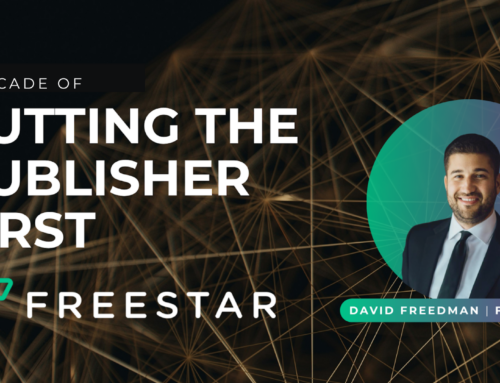Bits and Bobs from around the industry:
Adalytics Report Torches Ad Tech For Touting MFA Prevention While Scarfing MFA Supply
Ad tech vendors have been vocal about their efforts to combat made-for-advertising (MFA) sites, but a recent report from Adalytics casts doubt on the efficacy of these measures. Despite claims from SSPs and media companies about blocking MFA, the supply chain remains inundated with low-quality inventory. This reveals a systemic issue within the programmatic advertising ecosystem rather than isolated failures of individual companies. While some SSPs have attempted to eliminate MFA, they face challenges as their reach diminishes and CPMs rise without incentivization from the buy side.
Similarly, DSPs continue to serve ads on MFA sites to meet client demands for broader reach and lower costs. Adalytics, renowned for its transparency reports, conducted its analysis using open-source data sets, exposing the prevalence of MFA through the observation of ads served to fake online identities. Major players like Google, Amazon, and Microsoft are called out for their contribution to MFA supply, each employing unique methods that perpetuate the problem. Despite efforts to mitigate MFA, many SSPs and DSPs persist in serving ads on low-quality sites due to incentive structures and the human element. This indicates a broader issue within the industry, where conflicting incentives and a lack of ongoing maintenance perpetuate the proliferation of MFA, undermining the effectiveness of ad tech efforts to combat it.
With AI looming as a threat to news sites, publishers push back
The digital news media landscape has experienced considerable turbulence this year, marked by the closure of publications, widespread layoffs, and the emergence of Generative AI (GenAI) as both a potential threat and a source of innovation for journalists. Amidst these challenges, Google’s decision to phase out third-party cookies from its Chrome browser has sent ripples through the industry, raising concerns about the future of ad revenue for news publishers. This shift has been accompanied by observations of declining search quality, with original content often buried under aggregated links.
However, amidst these disruptions, there are glimmers of hope and resilience. Some publishers are adapting to the changing environment by exploring new avenues for revenue generation and reader engagement. The demise of third-party cookies presents an opportunity for digital publishers to forge more direct relationships with their audience through authentication mechanisms. By requiring readers to log in or sign up for newsletters, publishers can not only authenticate users but also gain valuable insights into their audience demographics and preferences. This shift towards authentication represents a step towards a more transparent and sustainable model for digital journalism.
One example of this proactive approach is exemplified by 404 Media, an independent news publication founded by a group of tech journalists. Recognizing the threat posed by AI-generated content, particularly the unauthorized replication of their articles on other websites, 404 Media implemented authentication measures to safeguard their original reporting. This move not only helps protect the integrity of their journalism but also underscores their commitment to transparency and reader trust.
Similarly, other journalist-owned digital media brands, such as Aftermath, have embraced authentication as a means of strengthening their bond with readers. By encouraging users to log in, these publications foster a sense of community and accountability, reassuring readers that the content they consume is authored by human journalists rather than generated by algorithms.
While authentication offers a promising short-term solution to combat AI-generated content, industry experts emphasize the need for broader, long-term strategies to address the evolving challenges facing digital journalism. James Rosewell, co-founder of the Movement for an Open Web, suggests that larger news publishers can play a pivotal role in negotiating with AI companies to develop technical and legal standards. Additionally, engagement with lawmakers to ensure adequate regulation of AI in the digital market is crucial to safeguarding journalistic integrity.
With the digital news media landscape continuing to face disruptions and uncertainties, there are opportunities for innovation and adaptation. By prioritizing reader engagement, transparency, and collaboration, publishers can navigate the complexities of the evolving digital landscape while upholding the principles of quality journalism.
Europe’s DMA rules for Big Tech explained
The Digital Markets Act (DMA), enacted by the European Union today, imposes stringent regulations on six tech giants—Alphabet, Amazon, Apple, ByteDance, Meta, and Microsoft—targeting their core platform services (CPS). The DMA aims to disrupt the dominance of Big Tech by introducing measures like banning self-preferencing and mandating data interoperability. While some companies contest their designations, others brace for compliance adjustments. The DMA’s objective is to foster competition and innovation by curbing unfair practices, but its effectiveness depends on user adoption of alternative services. Despite pushback from tech giants, the EU is poised to enforce DMA provisions swiftly, signaling a significant paradigm shift in digital regulation.






